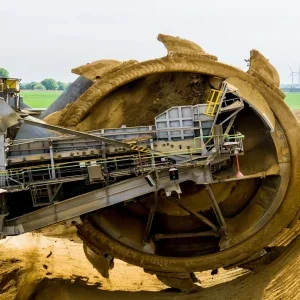The company said that adding liquefaction capabilities would transform the Sabine Pass terminal into a bi-directional facility capable of liquefying and exporting natural gas in addition to importing and regasifying foreign-sourced LNG.
Cheniere said that it expects to take advantage of the existing infrastructure at the Sabine Pass terminal to offer customers bi-directional services at attractive pricing. Based on preliminary estimates, the expected fee for bi-directional services will be approximately $1.40/MMBtu to $1.75/MMBtu.
The Sabine Pass site can readily accommodate up to four LNG trains capable of processing approximately 2Bcf/d of natural gas. The capacity of each liquefaction train will be approximately 3.5 million tons per annum (mtpa). The initial project will include two trains with liquefaction capacity of approximately 1Bcf/d.
Cheniere estimates that it can construct liquefaction capacity comparable to liquefaction expansion economics since the Sabine Pass terminal already has many of the needed facilities for an export terminal. The company will use its existing infrastructure, including five storage tanks and two berths at the Sabine Pass terminal, and Cheniere Energy’s 94-mile Creole Trail Pipeline, which will be reconfigured as a bi-directional system.
The 853-acre Sabine Pass site is strategically situated to provide export services given its large acreage position, proximity to unconventional gas plays in Louisiana and Texas, and its interconnections with multiple interstate and intrastate pipeline systems, according to the company.
Cheniere plans to work with Bechtel Oil, Gas and Chemicals to design and construct the liquefaction facilities, using the ConocoPhillips Optimized Cascade liquefaction technology.
Assuming typical project development scenarios, Cheniere anticipates LNG export could commence as early as 2015. The company plans to make a request to the Federal Energy Regulatory Commission to begin the NEPA pre-filing process by the end of June 2010.






